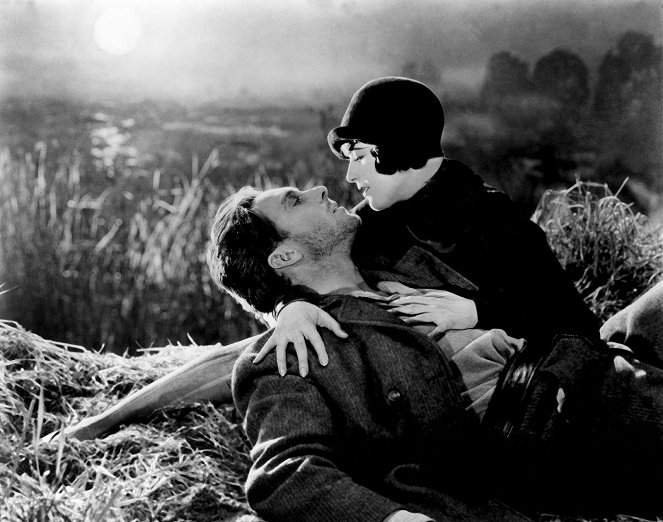Rendező:
Friedrich Wilhelm MurnauForgatókönyvíró:
Carl MayerSzereplők:
George O'Brien, Janet Gaynor, Margaret Livingston, Bodil Rosing, J. Farrell MacDonald, Jane Winton, Arthur Housman, Sally Eilers, Gibson Gowland (több)Tartalmak(1)
A falusi tisztaságot a városi romlottsággal szembeállító történetben "egy városi nő behálóz egy farmert, elülteti benne felesége meggyilkolásának gondolatát, végül is a jó mégiscsak diadalmaskodik a férfiban." (Örökmozgó)
Recenziók (4)
Murnau did not disappoint my expectations of a groundbreaking film and managed to direct a cast of excellent actors who play archetypal characters of silent film (sweetly naive wife, demonic mistress, demonic and later sweetly naive husband). In addition, the visual arrangement is bursting with ideas, and in a captivating scene at the end, it brilliantly allows the music to play, depicting the husband's call into darkness.
()
If I admire cosmopolitan personalities, it is often because I enjoy their work in all the destinations where fate has taken them. Not so much Murnau, this god of Weimar. Sunrise is simply not a film that I can compare to the highlights of his domestic work, such as Nosferatu, The Last Laugh, Tartuffe, or Faust. I also can’t get over Janet Gaynor's creation and the whole petty bourgeois issue.
()
Indescribable beauty; so few words (intertitles), so much filmmaking skill, emotions and moods. Murnau alternates horror with heart-rending melodrama and hilarious slapstick, without creating a contrasting impression, but a constant gradual thrill of deepening and exploring the relationship between the two main characters. And there are more amazing filmmaking techniques and ideas than in any other Hollywood film of the 1920s (from the elaborate camera rides to the use of rear projection to the inventive camera angles and harmonious blending of shots and scenes). Without exaggeration, one of the top five most influential films of the silent era.
()
Murnau demonstrated his power by elevating a relatively simple tragic-romantic story into true art. The tricks that are present here, where the images perfectly and emotionally intertwine, are beautiful, as well as the excellently executed action scene on the water. And in addition, the beautiful ending. This is again an example of how strong films could be made in the 1920s with the excellent use of film techniques - in this case, even before "The Jazz Singer," the first use of sound effects in film.
()

